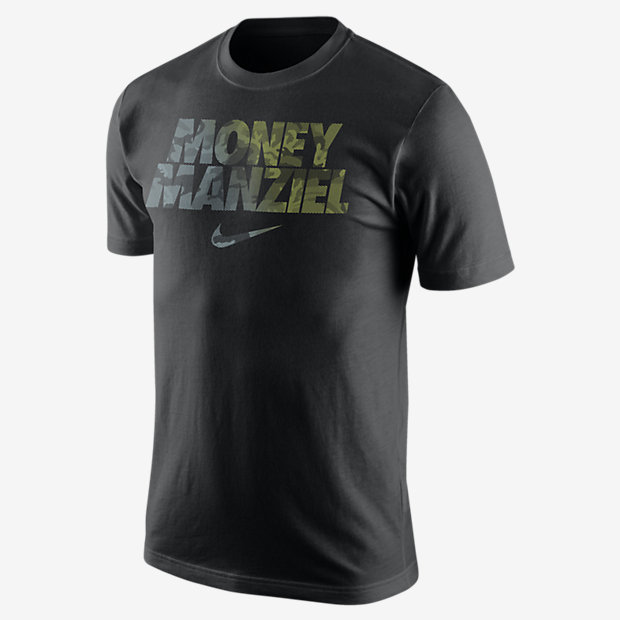In order for Nike to build a national brand in the United States, the company was forced to address different microcultures in order to increase and sustain brand loyalty from customers around the country. A microculture is defined as "a group of people who share similar values and tastes that are subsumed within a larger culture" (Babin 191). In this case, the larger culture would be the national, American culture, which is broken down into the numerous microcultures to be discussed.
The first major group of microcultures in the US is regional microculture. In 1981, Joel Garreau published a book relatively arbitrarily dividing North America into 9 different regions. For the purposes of Nike, however, an even larger number of divisions is more helpful for learning about consumer behavior. Being an athletic wear company, athletes and athletic teams (professional and collegiate) play a major role in the sale of many products, such as shoes, t-shirts, athletic shorts, etc. By finding the regions where athletes and teams are most and least popular, Nike can tailor their products to certain regions in the country. For example, selling Ohio State t-shirts in Michigan would be a disastrous move. Another example would be Johnny Manziel, a polarizing sports figure who plays for the Cleveland Browns. He is a player who most people love to have on their team, but is an extremely easy target for opposing fans. For this reason, Nike needs to carefully target (and stay away from) certain regional microcultures with their "Money Manziel" t-shirt line.
 The gender microculture is also very important to Nike. In stores they have both "Men's" and "Women's" sections. Similarly, the online website has tabs for both men and women. This division of gender illustrates Nike's acknowledgment of sex roles between their customers. Sex roles "refer to the societal expectations for men and women among members of a cultural group" (Babin 194). An example of this is easily found by simply clicking on the "Men" and "Women" tabs on the website. When you click on the "Women" tab, a pink shoe covers the screen (seen on the right). When you click on the "Men" tab, a blue and yellow shoe covers the screen. The fact that Nike believes a pink shoe fits best for Women exemplifies the societal expectations that exist in our country about fashion.
The gender microculture is also very important to Nike. In stores they have both "Men's" and "Women's" sections. Similarly, the online website has tabs for both men and women. This division of gender illustrates Nike's acknowledgment of sex roles between their customers. Sex roles "refer to the societal expectations for men and women among members of a cultural group" (Babin 194). An example of this is easily found by simply clicking on the "Men" and "Women" tabs on the website. When you click on the "Women" tab, a pink shoe covers the screen (seen on the right). When you click on the "Men" tab, a blue and yellow shoe covers the screen. The fact that Nike believes a pink shoe fits best for Women exemplifies the societal expectations that exist in our country about fashion. By recognizing distinct microcultures, Nike has been able to gain and retain customers with many different backgrounds, coming from many different microcultures.
